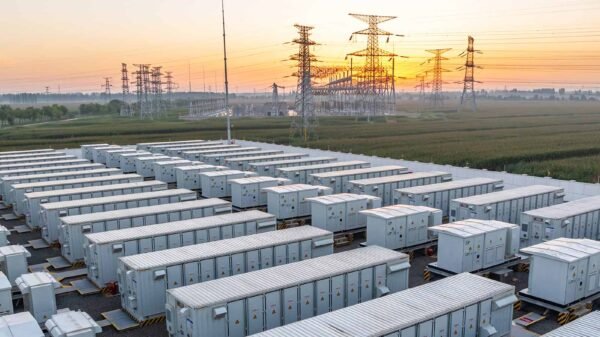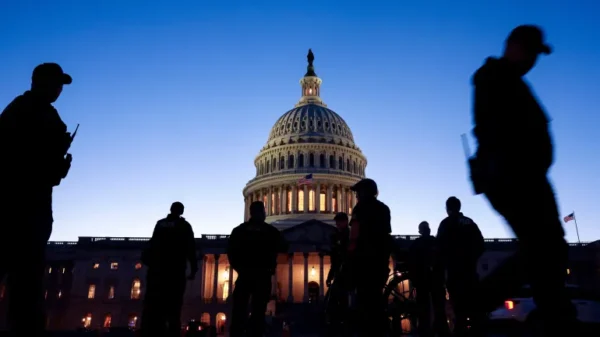Introduction of Student Cap
Australia has announced plans to implement a cap on the number of new international students accepted into the country. This decision comes as part of a broader strategy to manage and reduce overall migration levels, aiming to return to the figures seen before the COVID-19 pandemic. The move reflects the government’s response to growing concerns about the impact of high levels of migration on infrastructure, housing, and social services.
Government’s Rationale Behind the Cap
The Australian government has justified the cap on international students as a necessary measure to stabilize migration and address the pressures that increased student numbers have placed on various sectors. The pandemic period saw an unprecedented rise in international student arrivals, which, while beneficial for educational institutions and the economy, also led to challenges such as increased demand for housing and public services. By setting a cap, the government aims to balance the benefits of international education with the need to manage the impacts on local communities and infrastructure.
Impact on Higher Education Institutions
The cap is expected to have significant implications for Australian universities and other educational institutions. These institutions have become increasingly reliant on international students as a major revenue source. A reduction in the number of new international students could impact their financial stability and growth plans. Universities may need to adapt their recruitment strategies, diversify their revenue streams, or enhance their focus on domestic students to offset the potential decline in income from international tuition fees.
Economic and Social Implications
Economically, the cap on international students is likely to affect various sectors beyond education. International students contribute significantly to the local economy through spending on accommodation, food, and other services. Their reduced numbers could lead to lower demand in these areas, potentially impacting businesses that have grown dependent on this customer base. Socially, the decrease in international students might also influence cultural diversity within Australian campuses, where a mix of domestic and international students has fostered a global perspective and enriched the educational experience.
Government’s Migration Strategy
This move to cap international student numbers is part of a broader migration strategy aimed at addressing overall migration levels. The Australian government is seeking to return to pre-pandemic migration figures, which were more manageable in terms of infrastructure and social services. This strategy includes not only capping student numbers but also reviewing other migration policies to ensure that they align with current needs and capacities.
Reactions from Stakeholders
Reactions to the proposed cap have been mixed. Educational institutions and international students’ advocacy groups have expressed concerns about the potential negative effects on the sector and the broader community. They argue that the cap could undermine Australia’s reputation as a leading destination for international education and reduce opportunities for students seeking to study abroad. Conversely, some local communities and policymakers support the measure, viewing it as a necessary step to alleviate the pressures that have built up in recent years.
Future Outlook
As Australia moves forward with implementing the cap on international students, the long-term effects will become clearer. The government will need to monitor the impact on educational institutions, the local economy, and the migration balance. Adjustments to the cap or additional measures may be required based on the evolving needs and circumstances. The success of this policy will depend on how well it addresses the challenges of migration while maintaining Australia’s position as a competitive and welcoming destination for international students.
Conclusion
Australia’s decision to cap the number of new international students is a significant policy shift aimed at managing migration levels and addressing the challenges that arose during the pandemic. While the move reflects a careful consideration of national needs, it also poses challenges for the education sector and international students. The effectiveness of this policy will ultimately depend on its implementation and the government’s ability to balance migration management with the benefits of international education.



































